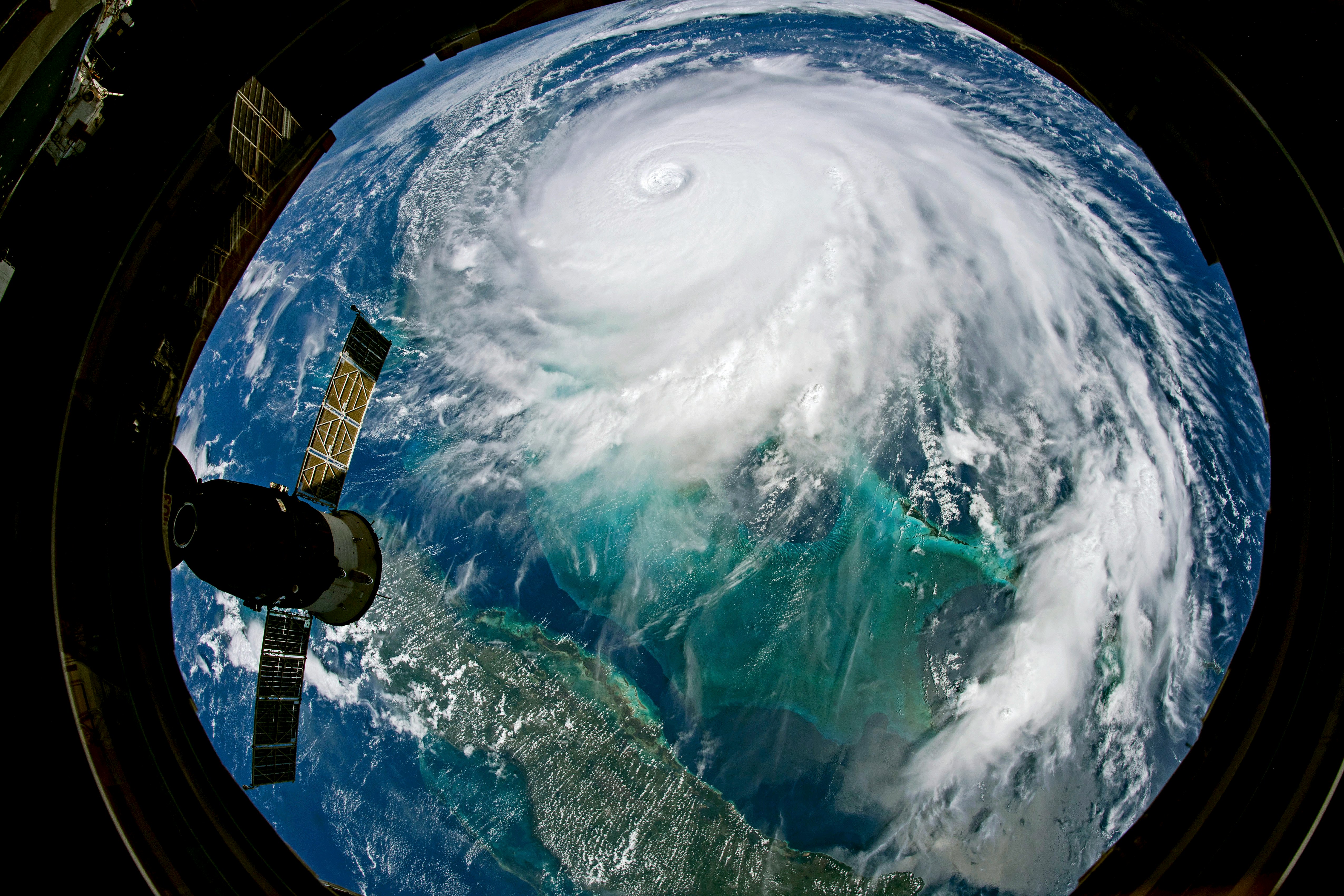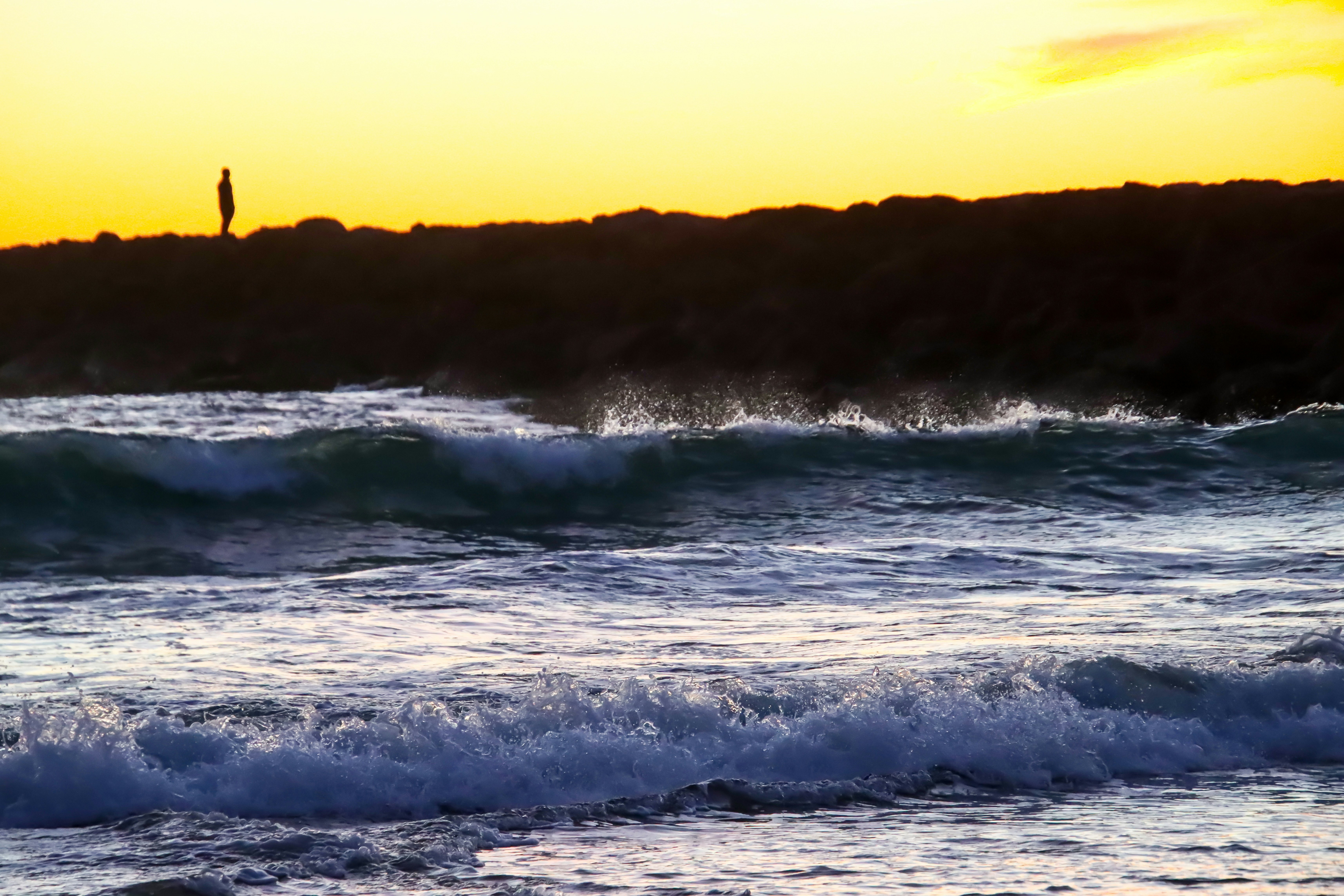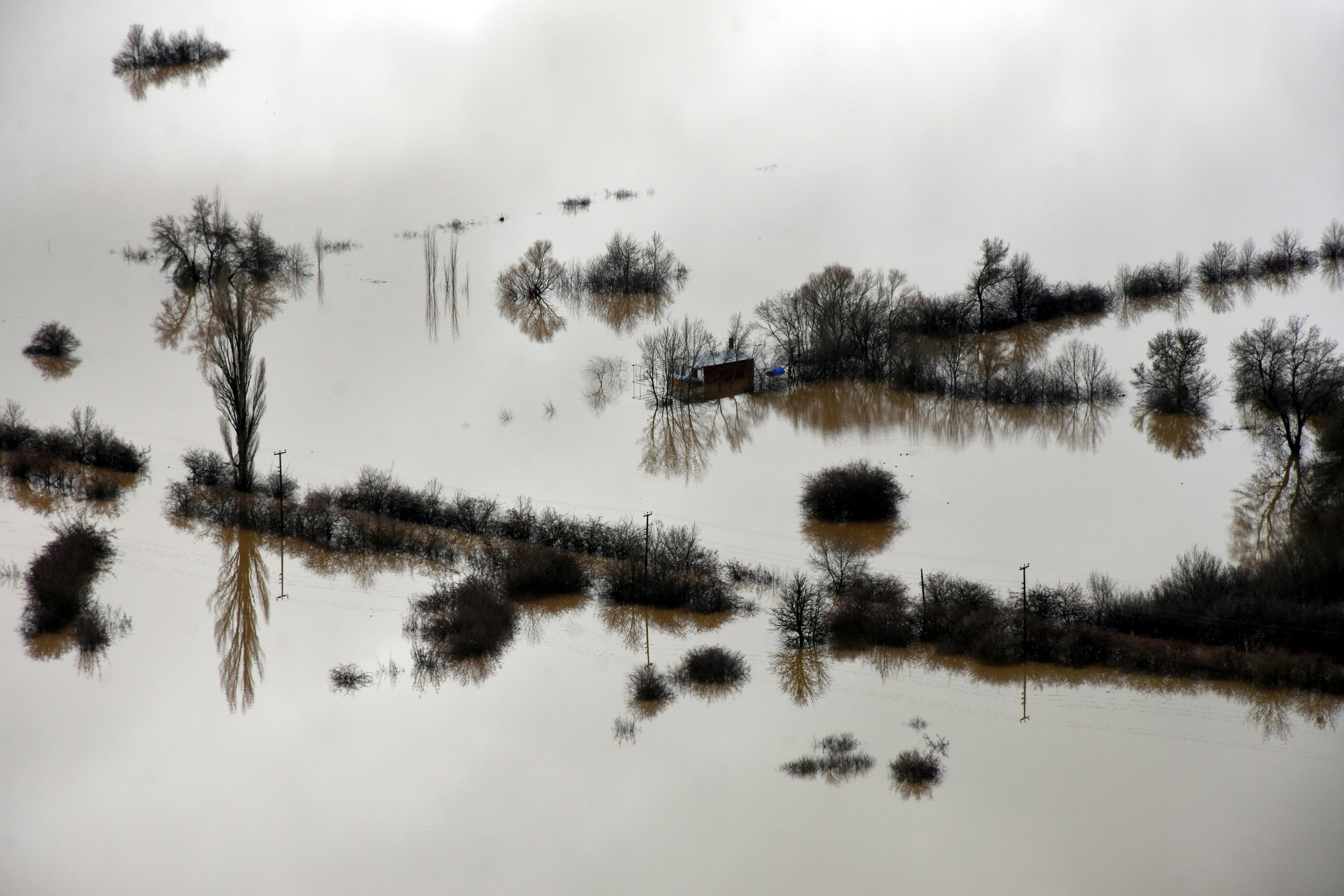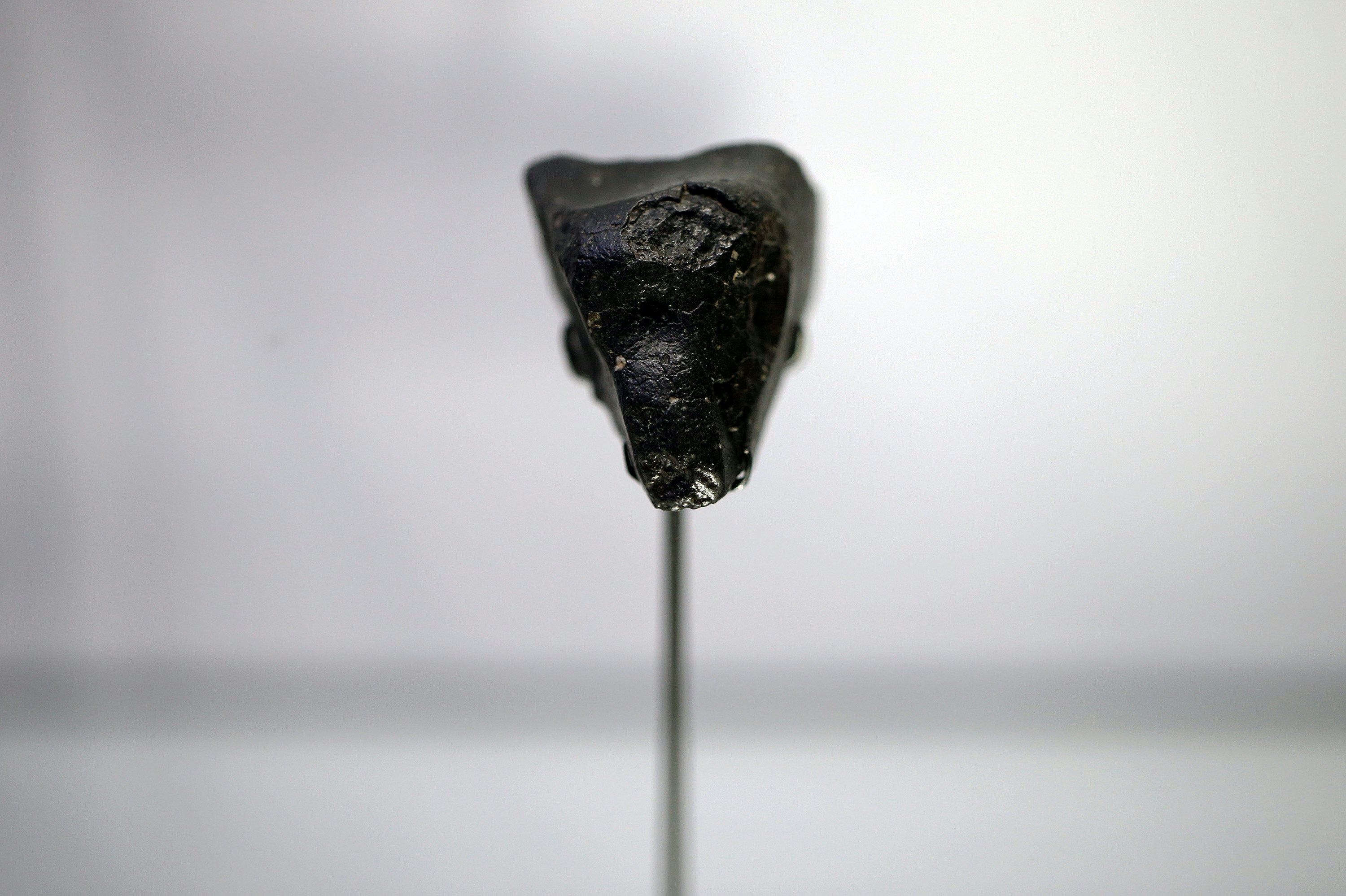
You can find all sorts of things washed up on a beach. Glassy mermaids’ purses (which are actually slightly-less-magical shark embryo capsules). Scrunched plastic bottles. Covetable, perfectly smooth shreds of sea glass. But I bet you’ve never found a spaceship.
Don’t worry: Space agencies intended it to be this way — though NASA and its counterparts across the world have been quietly discarding space junk in the ocean for decades. Read about the ISS’ scheduled watery demise and three other fascinating science stories in today’s newsletter. And don’t forget to share your favorite tree with us by hitting “reply” to this email. We’ve been so grateful for all the responses so far, it’s almost hard to… be-leaf…
This is an adapted version of the Inverse Daily newsletter for Friday, February 4, 2022. Subscribe for free and earn rewards for reading every day in your inbox. ✉️

The ISS is going to crash into the Pacific Ocean
The International Space Station has had a good run, but its time is slowly running out. By 2030, NASA plans to phase out the ISS and make way for something new, like a space business park that no one really wants. But first, the ISS has to die a watery death.
“As the space station’s final act, NASA will ‘deorbit’ the ISS in such a way its limp carcass will fall into a remote region of the Pacific Ocean known as Point Nemo, which lies between New Zealand and South America,” writes space writer Passant Rabie. Though a somewhat unceremonious practice, dumping our space debris into the ocean is a calculated move.
“Point Nemo is the space graveyard of choice — it is far away from any islands, so people are unlikely to notice, and is within the South Pacific Gyre, a current that prevents nutrient-rich waters from filtering through the region,” continues Rabie. The ISS won’t be lonely there; the U.S., Russia, Japan, and Europe have all used the ocean like Tony Soprano if he really wanted to go to Mars, chucking their space stuff into it for the past 51 years. Thankfully, the fish don’t mind who they’re sleeping with — “Point Nemo is sparsely populated by sea creatures great and small, safeguarding marine life,” writes Rabie. It beats clogging up space.
I don’t like your space station: NASA just selected Blue Origin to build an ISS successor

Maps reveal the U.S. regions most at risk of floods
You can’t small-talk about the weather anymore without noting the unseasonal warmth, the heat waves, or the strange uptick in basement floods. Come on, climate change, is nothing sacred? How am I supposed to begin lighthearted conversations with my extended family now? I’ll just have to show them this card story, which maps out the parts of the U.S. most at risk of flood. That’s fun, especially if your relatives are semiaquatic.
In the case that they aren’t, card story editor Jennifer Walter notes that “communities in Michigan, Tennessee, and Pennsylvania were slammed with intense floods in 2021, causing casualties and extensive property damage.”
“Floods can be deadly and costly, too,” Walter continues. Recently, “researchers modeled how flood risk will increase by 2050. They found it will disproportionately affect various racial and socioeconomic groups.” Click through the entire story to look at nine charts that uncover “the true cost of floods,” writes Walter.
The ugly truth: What would happen if the polar ice caps melted?

The Webb telescope reaches a critical science milestone
It’s official: The James Webb Space Telescope is (almost) ready to go. “On January 31, NASA revealed via the Webb Telescope’s Twitter and blog that the telescope’s suite of science instruments are now all on — a critical milestone on the road to beginning its era of discovery,” writes managing editor Claire Cameron.
It hasn’t been an easy journey (who can forget the Webb telescope’s few years of will they, won’t they?), but now that the telescope is sitting comfortably at Lagrange 2, we can let old worries dissipate.
But there’s still a bit of a waiting game to play. “Ultimately, we will still need to wait until the summer to see the fruit of all this labor and many billions of dollars,” writes Cameron, “but in the meantime, we do have some idea of Webb’s first targets slowly trickling out — many of these are of course informed by what the main instruments on Webb are capable of.”
And what is the Webb telescope capable of?
“It will stare deep into the gassy depths of strange worlds’ atmospheres looking for signs of life, and perhaps even reveal the intimate secrets of distant galaxies never seen before,” writes Cameron. You know, nothing major.
New heights: The Webb telescope is 1 million miles away

Mars meteorite upends when we think life could have begun
“In 2011, a piece of Mars crash-landed in the Western Sahara Desert,” writes Passant Rabie. “The Martian meteorite encapsulated the history of the Red Planet within its different layers, revealing the sequence of events that took place during Mars’ past.” Now, that rock, nicknamed Black Beauty “for its shiny, glittering surface,” is helping scientists better understand Mars’ ability to host life.
Black Beauty is old — like, really old at about two billion years, and it “contains the most water found in any of Mars’ fallen rocks,” writes Rabie. It contributes to the existing idea that Mars was once a wet world, but, according to new analysis of the rock, it also might indicate that collisions assailed Mars at some point in its history. The collisions might have affected the planet’s “ability to host life for at least an additional 30 million years,” writes Rabie.
But more work needs to be done to form any hard conclusions. “With the Martian meteorites that have landed on Earth, scientists are still limited by the amount of data they can pull from them,” writes Rabie. NASA’s Perseverance rover might have something to say about that.
Shine bright like a helicopter: Helicopters on Mars could glow in the dark

About this newsletter: Do you think it can be improved? Have a story idea? Want to share a story about the time you met an astronaut? Send those thoughts and more to newsletter@inverse.com.
- On this day in history: American astronomer Clyde Tombaugh was born on this day in 1906. Although Tombaugh did not have any formal astronomy training, a predilection for the discipline (he built his own telescope based on a 1925 edition of Popular Astronomy) earned him a job at the Lowell Observatory in Arizona. There, he discovered the dwarf planet Pluto.
- Song of the day: “Telescope,” by Helado Negro.







